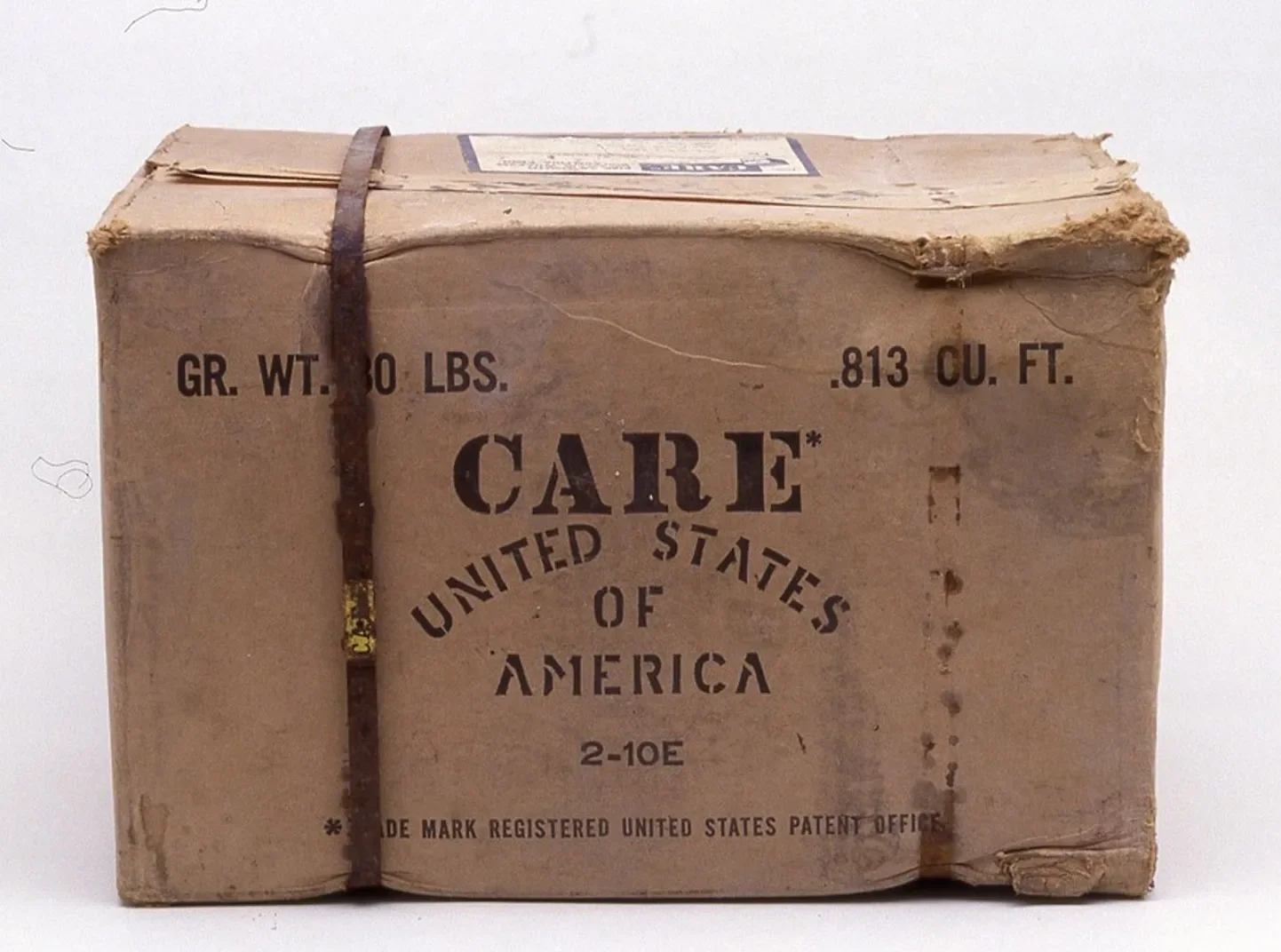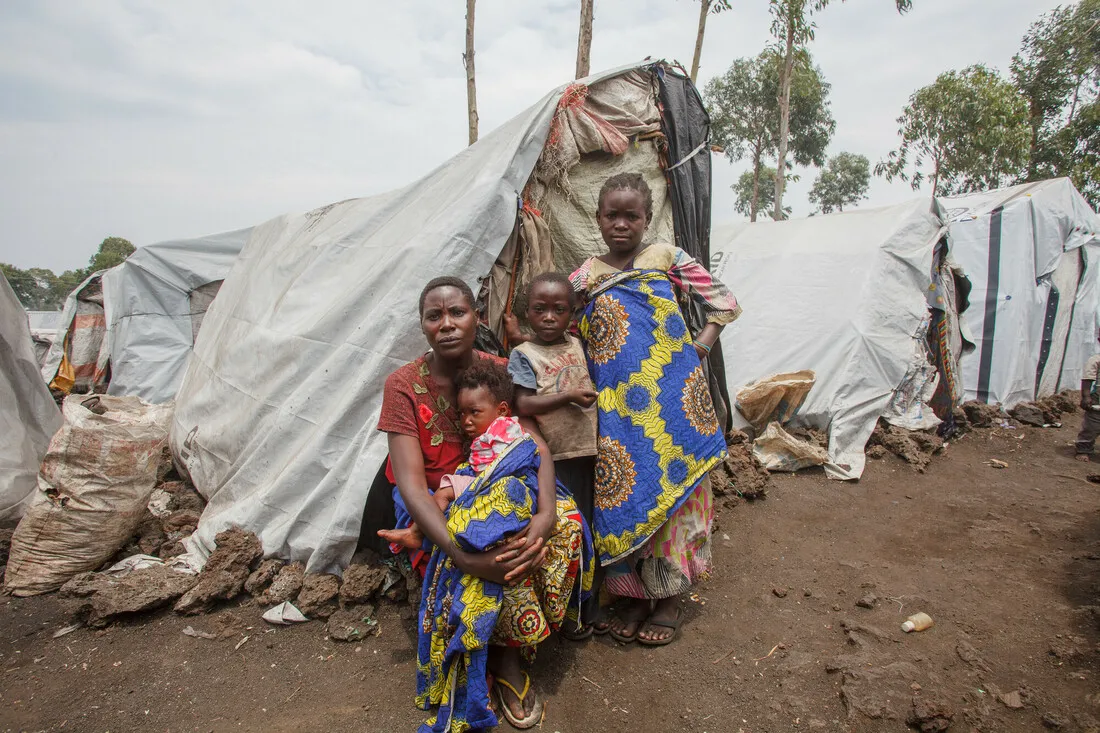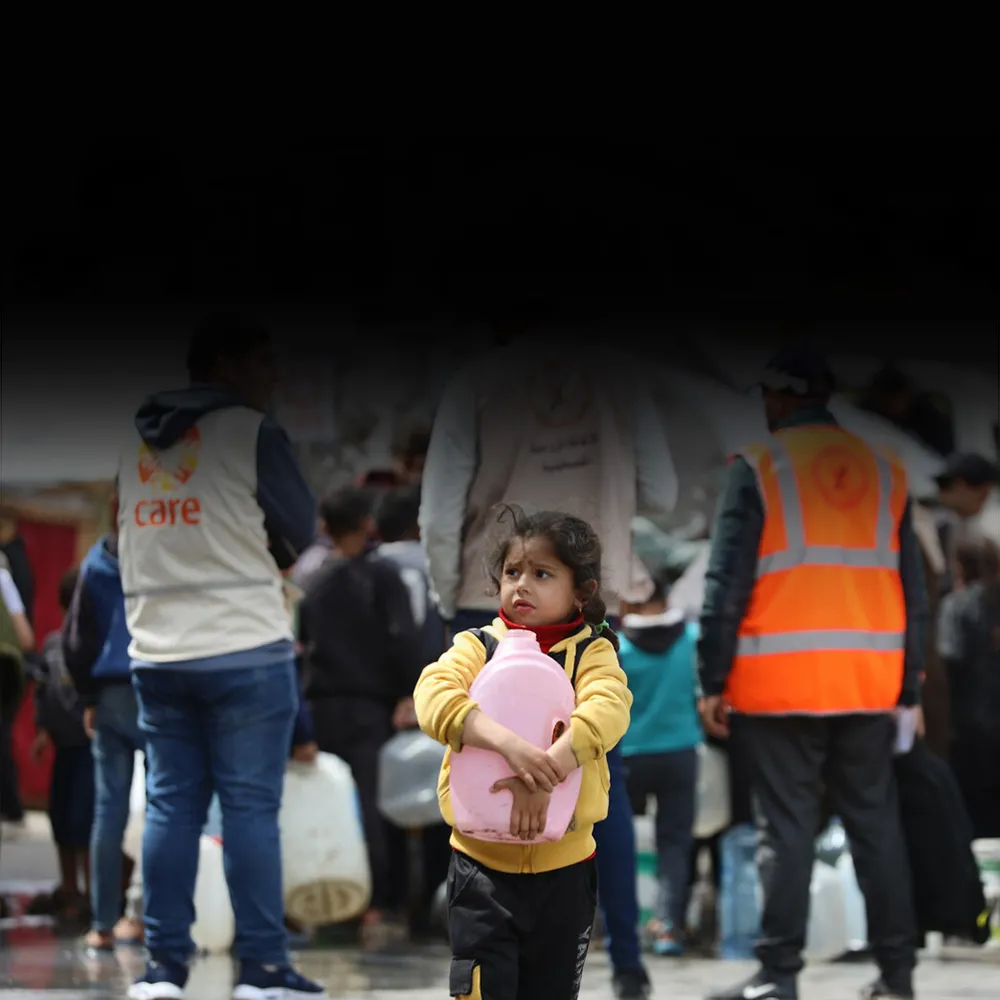Families struggle for shelter, enough food, and safe places to rebuild their lives. Moreover, one in five refugee or internally displaced women has experienced violence against women and girls (VAWG).
In 2025, 300 million people worldwide need humanitarian assistance — a number that has continued to grow over the last decade.
Today’s humanitarian crises are more complex and last about three years longer than they did 15 years ago. Conflict, migration, and environmental shifts are the key trends driving these crises — with eight of the worst food crises in the world linked to conflict and environmental shifts.
These trends of longer, more complicated crises have a huge impact on our ability to support the people in need.
By 2030, CARE aims to provide quality, women- and girls-focused, locally-led humanitarian assistance to 10% of people affected in major crises, reaching at least 50 million.
We need to think about funding for the long term, and not just fill immediate gaps. We need to help people and communities prepare to cope with crises and respond to emergencies. We need to strengthen local institutions so they can support people at risk. And we need to find ways to address trends like environmental shifts and conflict that make the situation worse.


